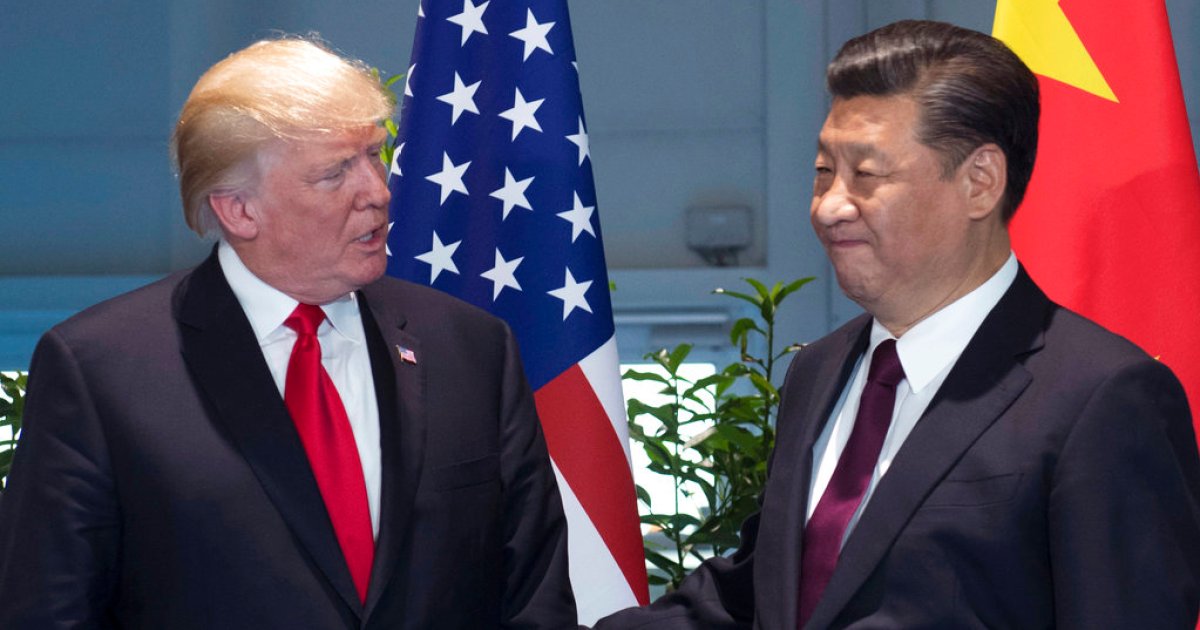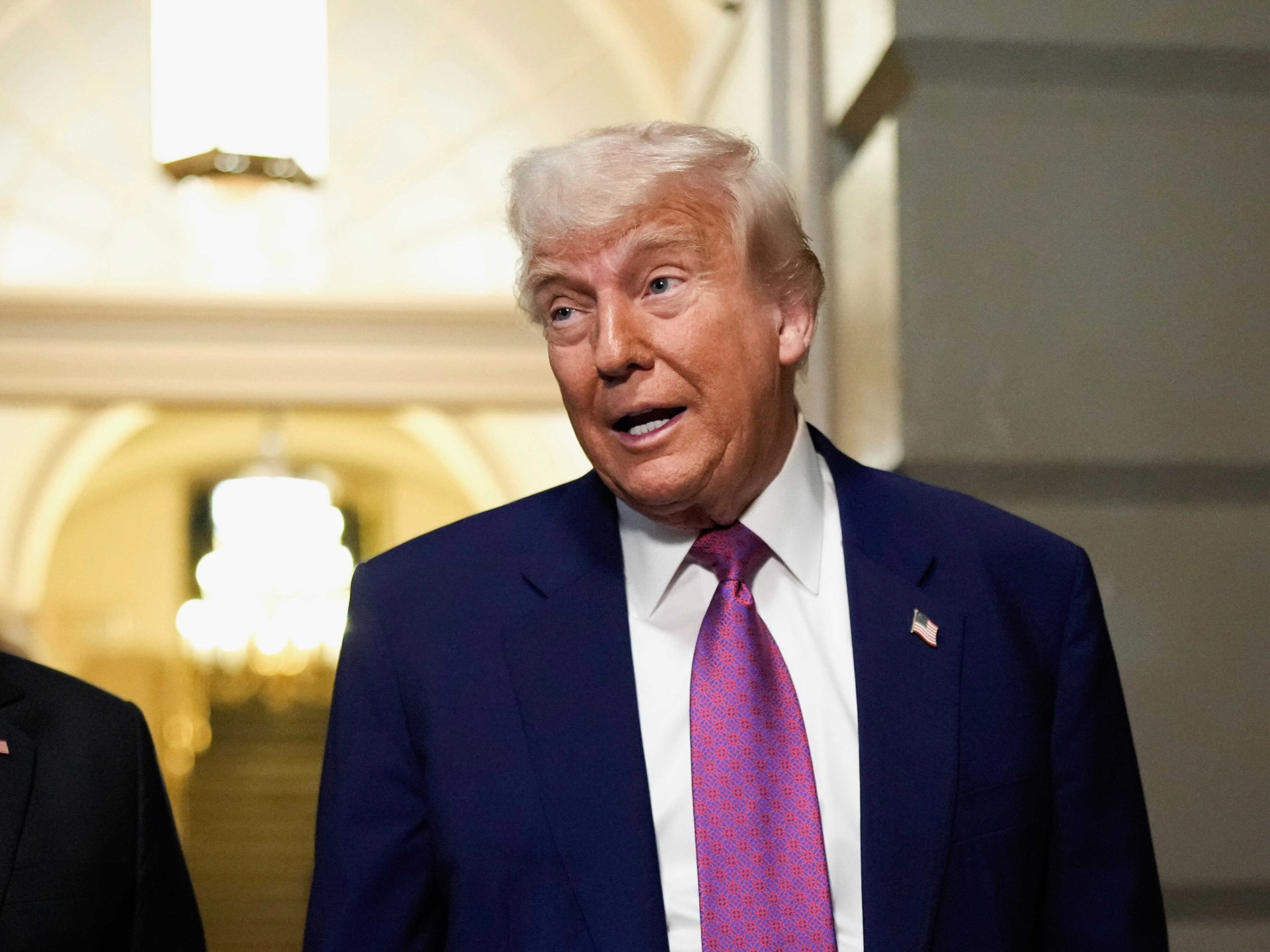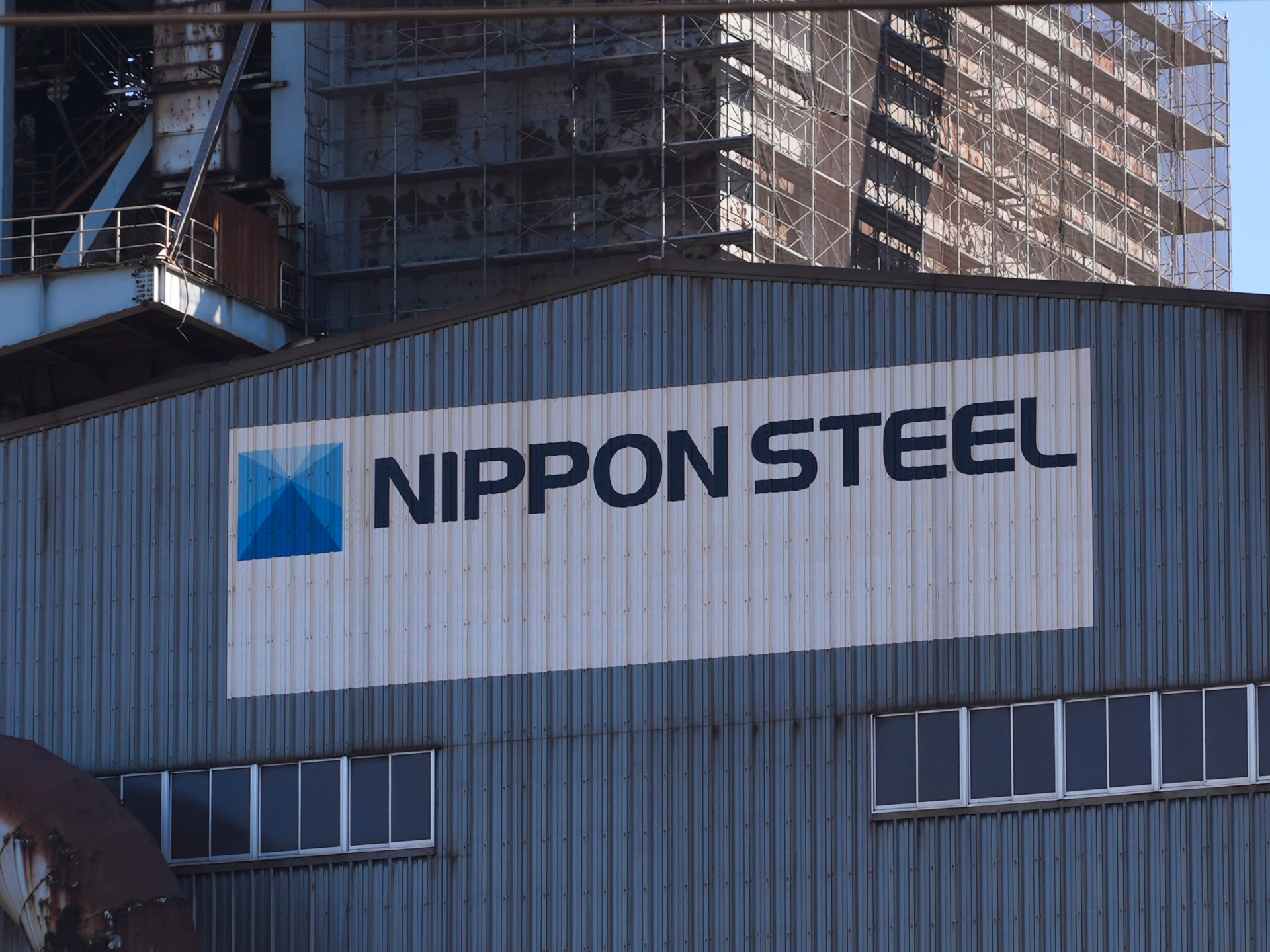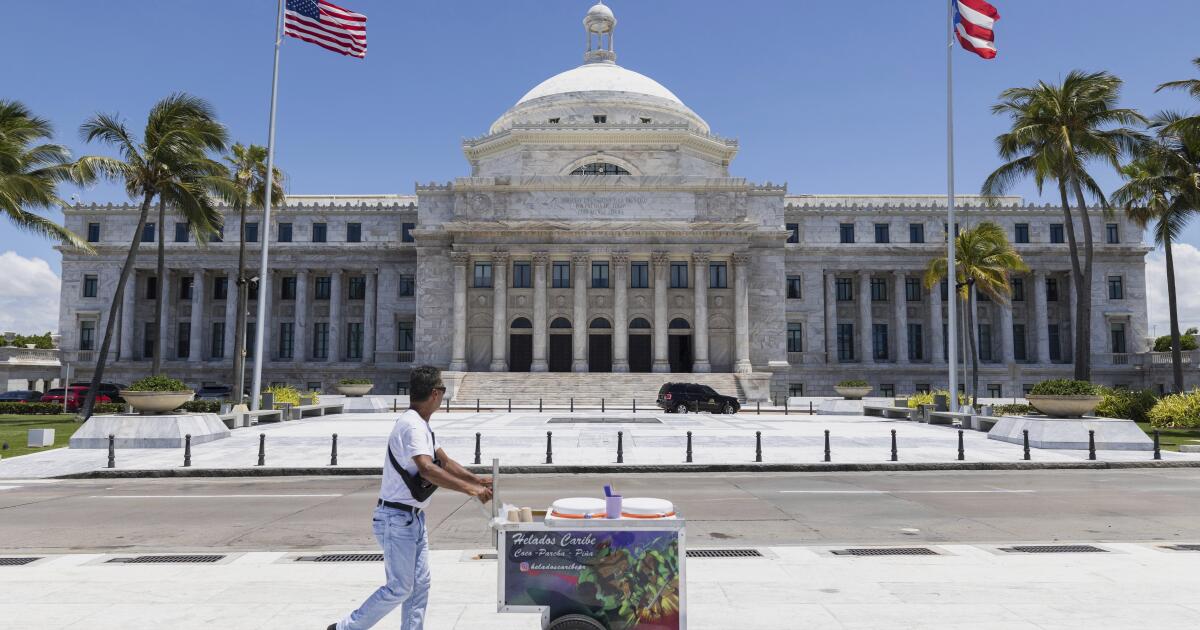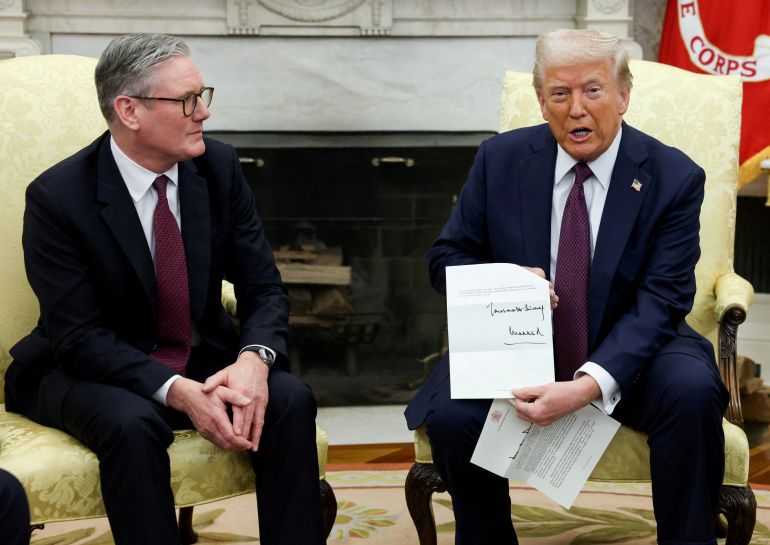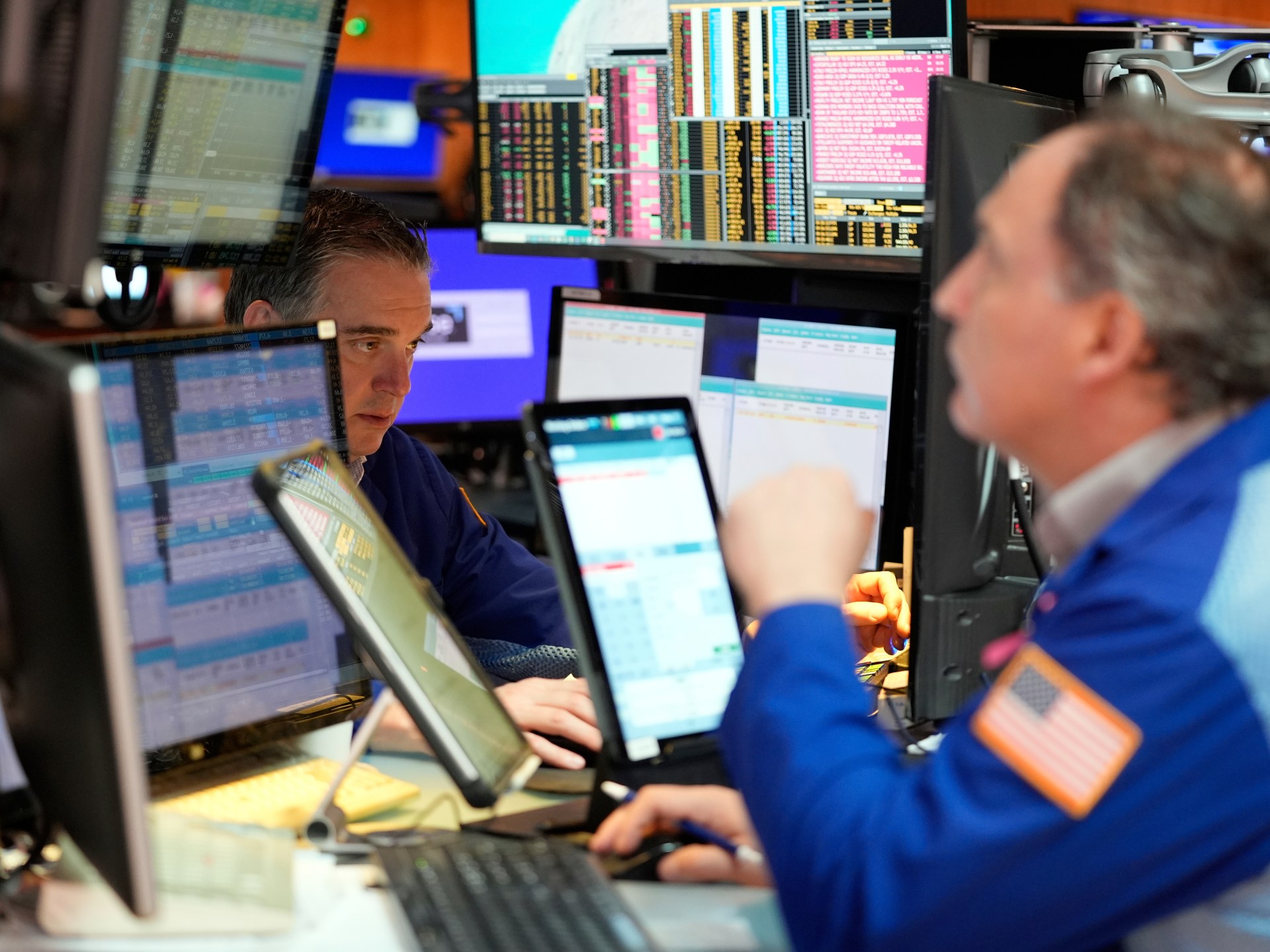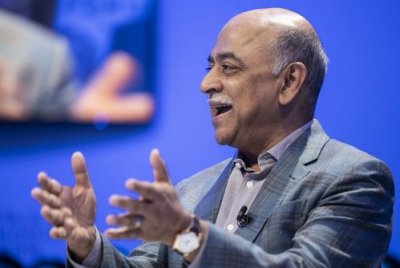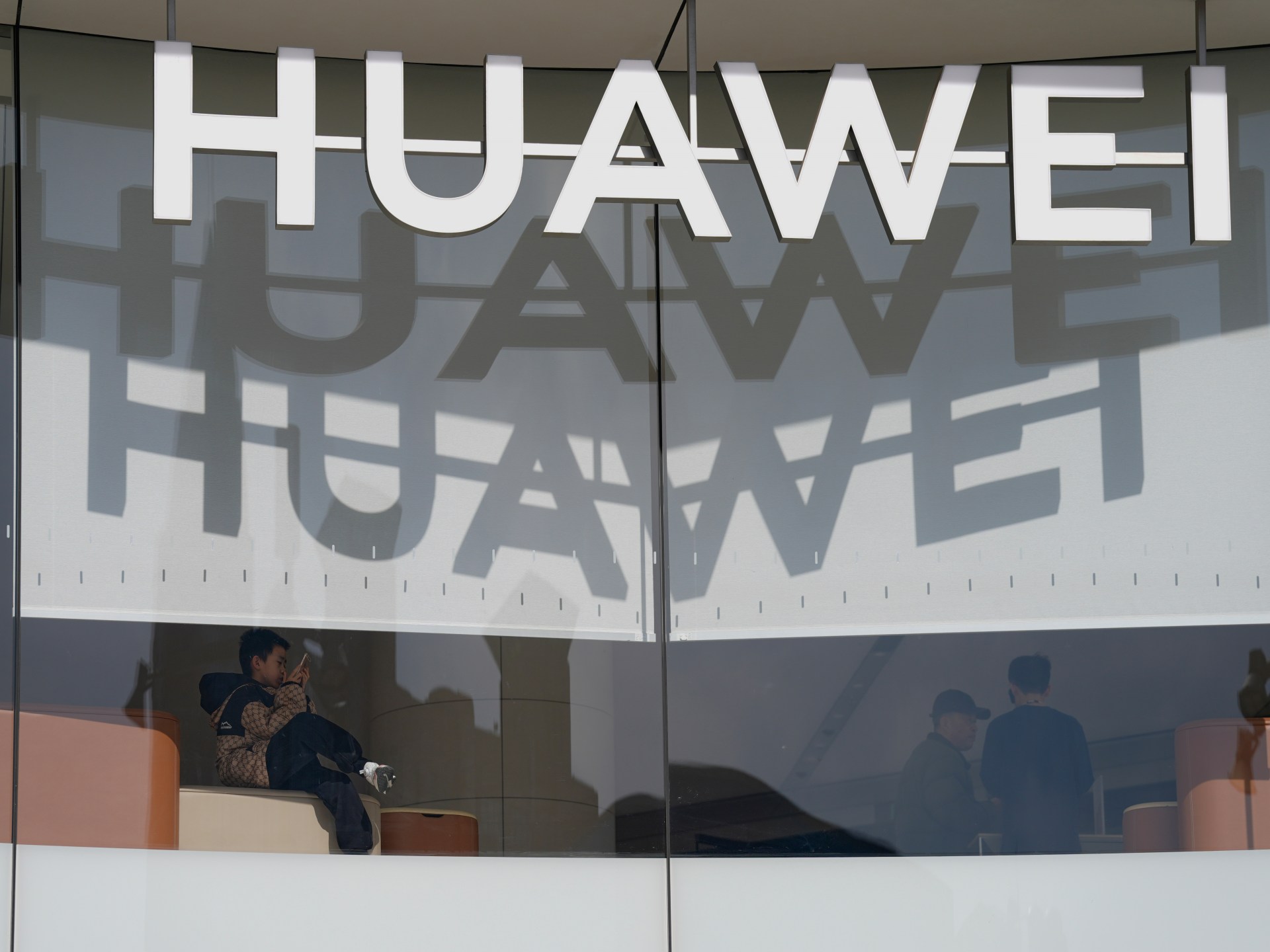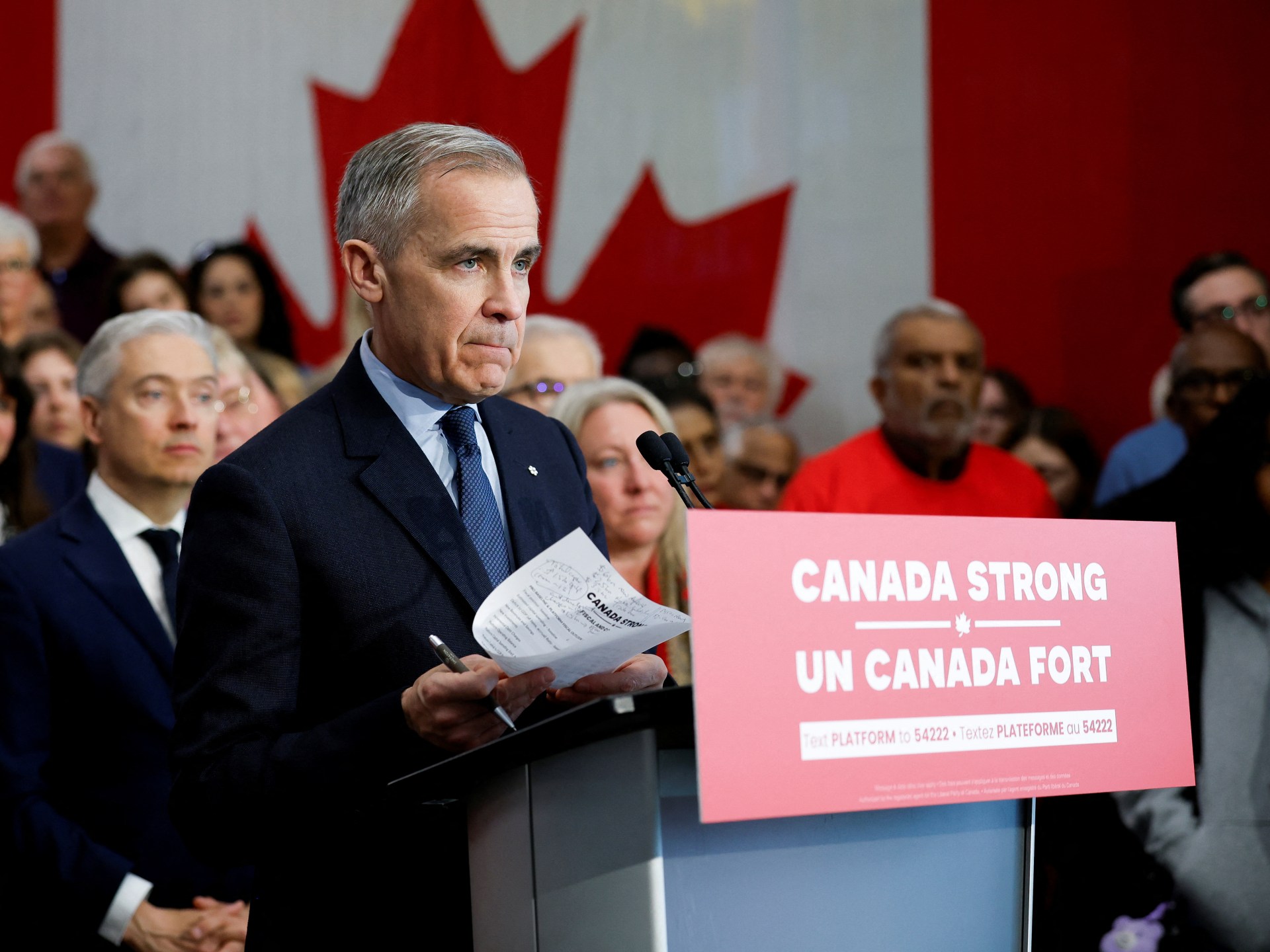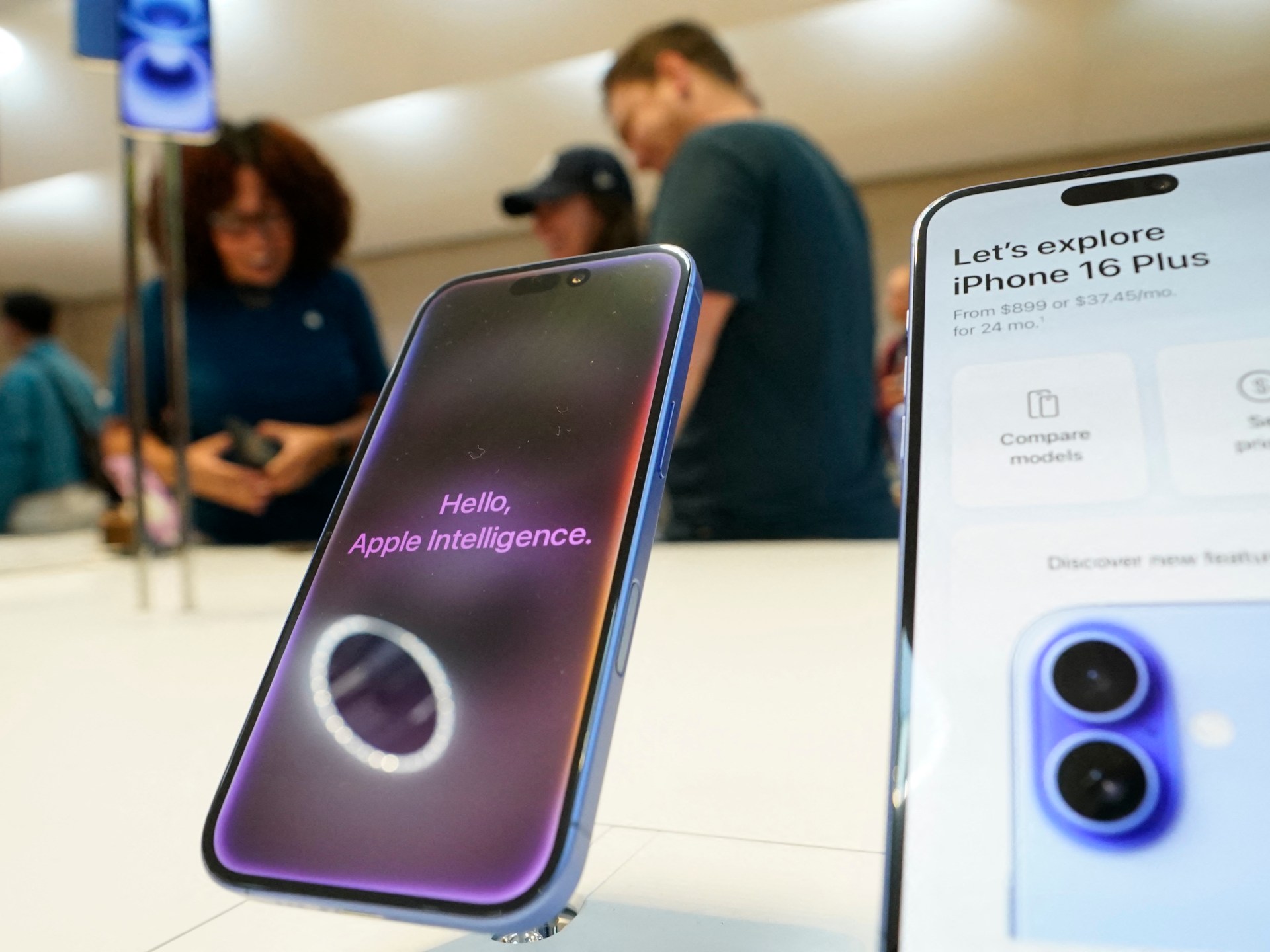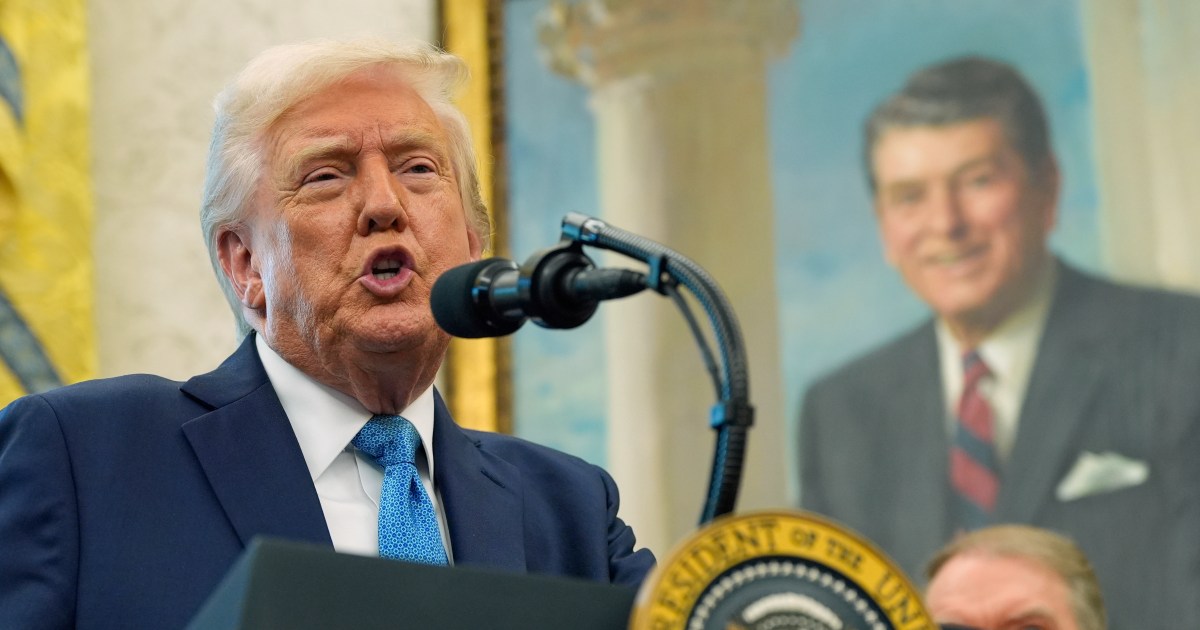As the United States and China engage in a trade war driven by steep tariffs imposed by President Donald Trump and counter levies by President Xi Xinping, one sector that could be deeply impacted – and in turn have a disproportionate impact on the health of Americans – is pharmaceuticals.
The US imports 75 percent of its essential medicines. The Trump administration has begun its investigation into imports of medications and the active ingredients needed to make them, saying a lack of that in the US poses a national security threat. It as also threatened sectoral tariffs – that could range from 7.5 percent to 100 percent – in addition to the 145 percent currently in place on China.
While pharmaceuticals have been exempt from Trump’s reciprocal tariffs thus far, it’s not clear how long that will last, especially with potential sectoral levies in the pipeline.
In the immediate term, there is some insulation between the looming escalated prices and what consumers will pay when they go to pick up their medication at their local pharmacy.
Unlike other goods, pharmaceutical prices for consumers are not subject to the same instantaneous market fluctuations. The complex supply chain across the pharmaceutical industry means that there is a lag between tariffs and the impact they might have on patients.
At the same time, there are stockpiles at nearly every step of the supply chain. Wholesalers have their own, as do pharmaceutical giants and even the federal government.
“A lot of these medications, especially ones that are, like, in pill forms, are pretty stable for a long time,” Bruce Y Lee, professor of health policy at the CUNY Graduate School of Public Health and Health Policy, told Al Jazeera.
In the short term, pharmaceutical companies and healthcare providers can eat the spike in costs like they did during the COVID-19 pandemic. That gives pharmaceutical companies and trade groups time to plead with the administration to ensure exceptions from the tariffs continue.
India supplies about half of all generic drugs used in the US. However, it depends on China for 80 percent of its active pharmaceutical ingredients (APIs), the chemical compounds medications are made from.
One of the globe’s biggest pharmaceutical giants said it worries any tariff would drive up prices and hurt patient care.
In a shareholder meeting, Michel Demare, chairman of the board for AstraZeneca, said, “We still strongly believe that medicines should be exempted from any kind of tariffs because, at the end, it is just harming patients’ health systems and restricting health equity.”
AstraZeneca did not respond to Al Jazeera’s request for further remarks.
Eli Lilly and Johnson and Johnson echoed similar concerns. In the last six months, all three companies have pledged multibillion-dollar investments to ramp up manufacturing as well as research and development in the US.
But pharma giants will be able to bite the cost only for so long. Falling stock prices for pharma giants mean that they will need to find other ways to raise the stock price to meet their fiduciary responsibilities to shareholders. Experts say they can do that by renegotiating drug prices higher, depending on the medication. That causes a downstream effect that will lead to higher insurance premiums across the board and higher prices for Americans who rely on these drugs daily.
“Demand for many pharmaceuticals is not flexible. This is not a consumer good,” Lee pointed out. “When you impose something that increases the cost, like the tariff, you can’t really change the demand … and will ultimately hurt patients”.
A socioeconomic divide
According to a report from the supply chain analytics company Exiger released last week, the US relies on China for as much as 80 percent of active pharmaceutical ingredients. For generic antibiotics, in particular, the dependence is much higher at 90 percent.
Because China disproportionately produces more generic drugs, which are 80 to 85 percent cheaper than their brand-name alternatives, tariffs on China will hurt low-income communities the hardest.
“If there’s a place where you save money, it is generic, and that’s exactly where the increases will be. Generic companies work on the slimmest margins, and they’re just not in a position to absorb [that],” Michael Abrams, partner at Numerof and Associates, a global healthcare consulting firm, told Al Jazeera.
Recent analysis from the financial services company ING found that even a 25 percent pharma tariff could force cancer patients to pay as much as $2,000 more for a 24-week supply.
Tariffs could force makers of generics to pull out of the US market altogether, says Tom Kraus, vice president of government relations for the American Society of Health-System Pharmacists (ASHP) told Al Jazeera.
“Imposing tariffs on medications and their ingredients could force generic drug manufacturers with already slim profit margins to drop out of the US market for a given medication, resulting in drug shortages for American patients,” Kraus said.
About 90 percent of the medications prescribed in US pharmacies are generic or biosimilar (meaning ingredients that have similar effects), according to a report from the Association of Accessible Medicines published in February.
“It will cause a lot of reverberations throughout because someone’s going to have to pick up the tab. This will result in a smaller percentage of medication costs being covered by insurance companies, and thus this burden pushed to patients and consumers,” Lee added.
Americans are already struggling to meet the costs of healthcare as it is. One in three Americans say they cannot take medications they are prescribed because of the cost, and 11 percent of Americans say they cannot meet their healthcare costs, with a higher burden on Hispanic adults at 18 percent overall.
The Congressional Budget Office estimates that 7.7 percent of Americans are uninsured, meaning their medical costs are out of pocket. Even for those who do have insurance, public health experts believe that insurance premiums will increase if Trump moves ahead with pharmaceutical tariffs.
“They’re going to spread that out among anyone paying insurance as a whole. That’s the whole concept of insurance,” Lee said.
More expensive drugs are produced stateside or in Europe. Those could also get pricier. There is currently a 10 percent tariff in place impacting these drugs but that could go higher when country-specific tariffs, currently on pause, kick in.
Drugs that come out of Europe are more often the blockbuster brand-name medications. Zepbound, Eli Lilly’s weight loss medication, for instance, is made in Ireland. If tariffs kick in there, out-of-pocket costs for US patients on Zepbound could run as much as $1,086.37 for a one-month supply, in contrast to as low as $25 with insurance.
Supply chain strain
In February, the American Hospital Association (AHA), in a letter calling for tariff exceptions for pharmaceuticals, said it is worried that the levies would make existing supply chain strains worse.
“Despite ongoing efforts to build the domestic supply chain, the US healthcare system relies significantly on international sources for many drugs and devices needed to both care for patients and protect our healthcare workers. Tariffs, as well as any reaction of the countries on whom such tariffs are imposed, could reduce the availability of these life-saving medications and supplies in the US,” the trade group said in a letter to the White House. “US providers import many cancer and cardiovascular medications, immunosuppressives, antibiotics and combination antibiotics from China. For many patients, even a temporary disruption in their access to these needed medications could put them at significant risk of harm, including death.”
The AHA declined Al Jazeera’s request for additional comment.
“Healthcare has a very elaborate logistics chain, and obviously, it varies from product to product, but some of them are very complicated,” Abrams of Numerof and Associates added.
For instance, some APIs undergo two or three different processes and not all of them are in the same place before they even come to the US to be incorporated into the final product, he explained.
“When you take all these relationships and throw them up in the air and see how they come down, inevitably it leads to disruption in supply,” he continued.
There are more than 104 active drug shortages in the United States, including common antibiotics like amoxicillin. China is one of the world’s three biggest exporters of the drug, and the US is the largest importer.
Another concern about the US’s extreme reliance on China is that the country’s API market is only expected to grow by 7.8 percent over the next five years, according to the market research firm Modor Intelligence.
Washington’s call for action
During the COVID-19 pandemic, when trade essentially halted temporarily, there were concerns that the US did not have enough medications in its strategic reserve to handle a temporary halt. Both Republicans, such as Arkansas Senator Tom Cotton and Democrats, such as former President Joe Biden have long called for less reliance on China for pharmaceuticals as a result.
“When you have supply chains that are not well diversified or dependent on just particular channels, then that supply chain is fragile and there’s risk,” Lee said.
There have long been suggestions from prominent Chinese voices, including economist Li Daokui, that have called on leadership in Beijing to reduce antibiotic exports to the US as a tool in a trade war.
But experts agree that Trump’s rapid approach does not give companies time to prepare and thus is putting patients at risk.
The ASHP told the White House in a February letter that tariffs “should be applied selectively and dovetail with other incentives to increase domestic production and promote a stable supply chain”.
“You can’t do it in the 18 months that you’re trying to get it done, OK? And it’s not even exactly a four-year undertaking either,” Abrams added.
Some companies have said they will bring more pharmaceutical manufacturing jobs stateside. Swiss pharmaceutical giant Roche announced a $50bn investment in the US over the next five years, which will include funds to build research and development facilities and expand existing manufacturing operations.
Roche follows Novartis, which announced that it would invest $23bn over the next five years to expand its US infrastructure. That includes thousands of new jobs in seven facilities that will manufacture drugs and APIs.
But building and getting plants like these in production will not solve the immediate issue, according to ASHP.
“It is important to note that building new pharmaceutical manufacturing capacity will take several years. In the meantime, tariffs risk higher prices for those drugs that can pass increased costs to consumers, and shortages for generic drugs that can’t,” Kraus of ASHP continued.
The White House did not respond to Al Jazeera’s request for comment.

